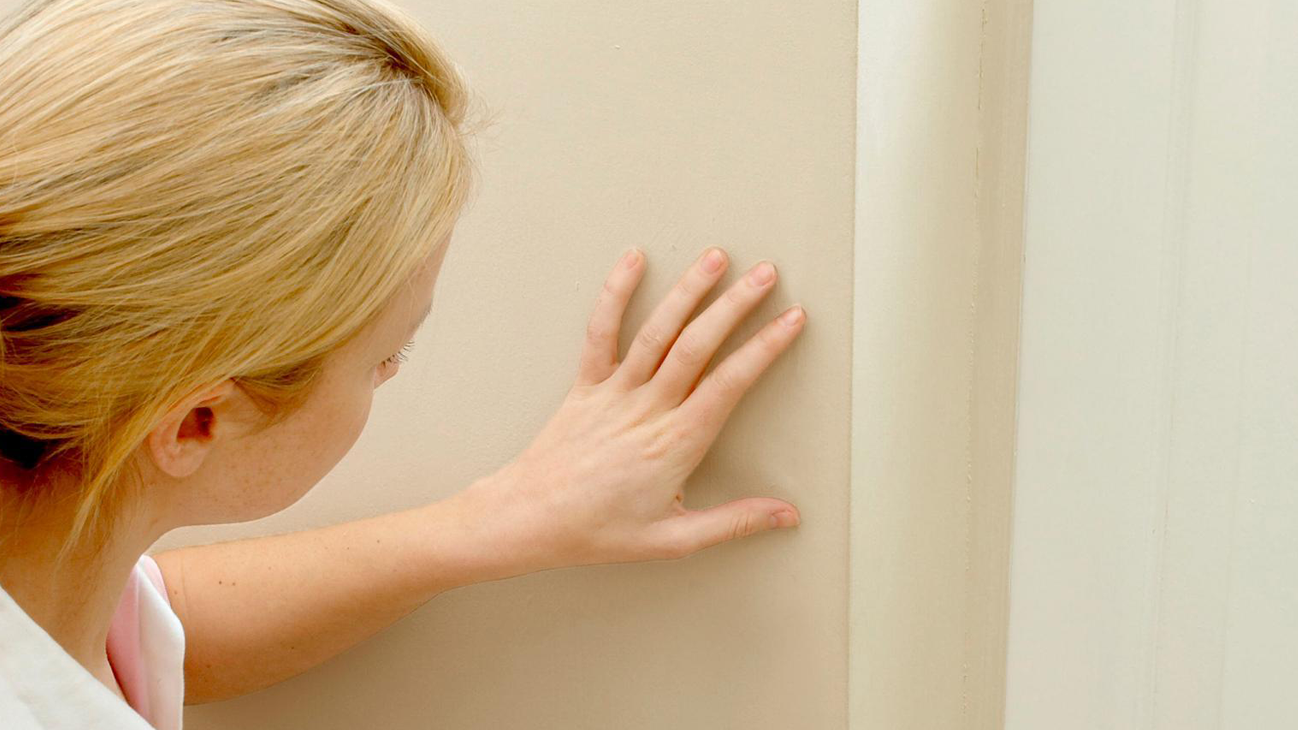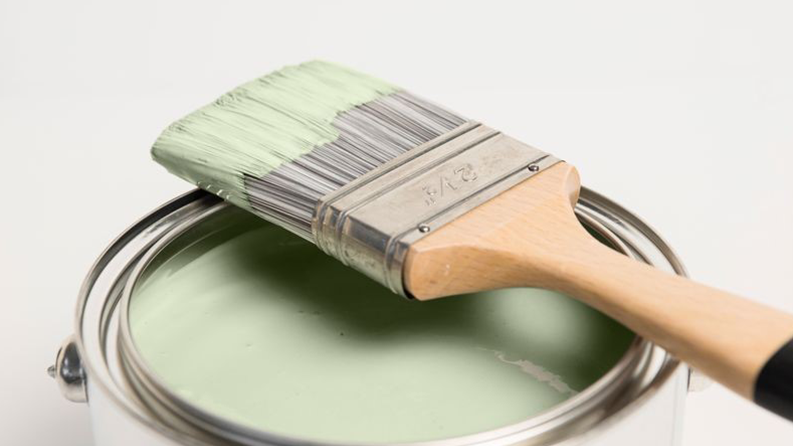
Take a look at our interior painting checklist – whether you’ve hired a painter or decided to do the job yourself, a paint quality check is an essential step.
Whether you’re unleashing your own inner master painter or getting an expert in, here’s what you need to look out for to ensure amazing decorating results.
A fresh coat of paint for a feature wall or throughout the whole interior of your home makes a world of difference. That’s until you do a paint quality check and the results are not quite what you’d hoped for. The good news is that you can avoid common issues when you paint yourself, and you can definitely ensure that a professional painter does the job properly.

DIY interior painting checklist
Preparation is the key to making sure your DIY paint job secures your role as the master painter of your home. After all, avoiding streaky walls in the first place is a lot easier than having to deal with them later. Here’s your interior painting checklist so that you know you’re getting the job done right from the beginning:
Choose the right paint finish

To give yourself the best start, choose a colour and paint finish that best suits your needs. Matt emulsion is ideal in high traffic areas and disguises surface imperfections, while a low sheen paint offers excellent washability. Are you painting wood? Then, a high gloss finish will highlight your design features. Speaking of which, are you certain about the colour you’ve chosen? If not, pick a lighter shade, or subtle brightening tones. Lighter colours work with most interiors and make it easier to achieve a flawless finish while you’re painting.
Prepare your walls properly
For a smooth finish to your decorating project, you need to start with a smooth canvas. Prepare your walls by removing any nails or screws. It’s important to fill small holes and cracks with a quick drying filler, and to clean the walls with a detergent solution before rinsing them afterwards to remove any residue. Next, lightly sand the walls using a medium paper. If you’re dealing with a newly plastered wall, or unpainted surface, they’ll need priming by diluting a bit of paint with water in equal measures.
Use the correct techniques

To avoid any issues before you touch a drop of paint, mask your trim for cutting-in. This technique is used to paint any areas that can’t be reached by a roller, and need a brush instead. To avoid any visible distinction between the cut-in and rolled sections, never paint too far ahead when cutting-in.
When you are using a roller, make sure the paint is evenly applied by checking to see if the roller spins evenly. Then paint in a ‘W’ motion for even distribution. If painting with a brush, don’t forget to tap it on the side of the paint pot to remove any excess. And for that all-important smooth finish, use the laying-off technique to hide streaky brush strokes.
If you follow these steps as you decorate, you’ll confidently pass your own paint quality check when you’ve finished the job – as long as you remember to clean up as you go!
Inspection checklist for painting work by a professional

There’s nothing worse than hiring a professional painter and feeling like the work isn’t quite up to scratch. With a keen eye, it’s easy to monitor their progress and avoid any problems along the way. Not that you should have to when you’re paying for a professional service; but more on that later. Here’s what to look out for:
Check wall preparation
If your painter is responsible for prepping the walls, make sure you check that they’re completely smooth when the job is done. Ensure you’ve got plenty of light to look for any imperfections, like small cracks or holes. Running your hands over the entire wall will help you detect uneven segments that shouldn’t be there if the job was done properly.
Keep a close eye on the little details

An experienced painter really shouldn’t be creating wobbly cutting-in lines, splattering paint here and there, allowing drips to get on the floor, or leaving brush marks as they go. In addition, a great painter will always clean up after themselves throughout the whole process, so watch for these small details that indicate sloppy work.
Check paint for a flawless finish
When you stand back to do an overall paint quality check, is the finish totally even and streak-free? It should be. Even if you’ve decided to go for a dashing, dark colour, a professional painter won’t have any problems achieving the smooth, even finish that’s required for a quality paint job. If you’re not happy with the end result, it’s important that you trust your instincts and don’t be afraid to speak up about your concerns. After all, if it’s not a fantastic job, you could have done it yourself!









